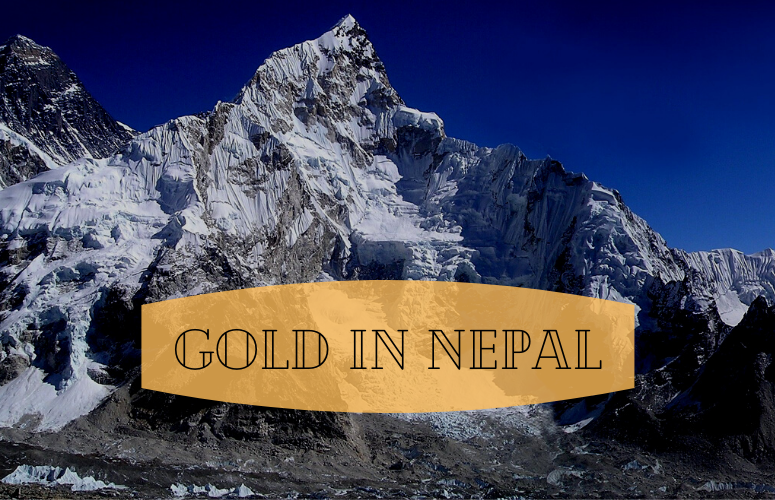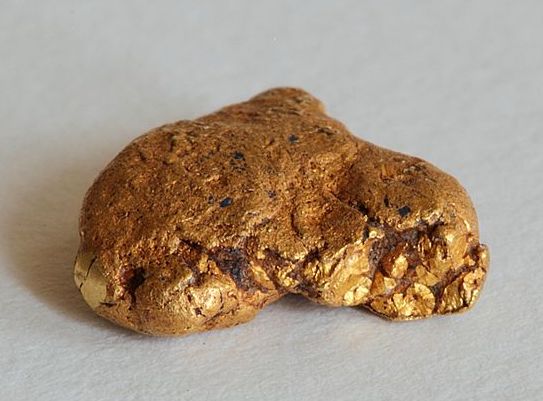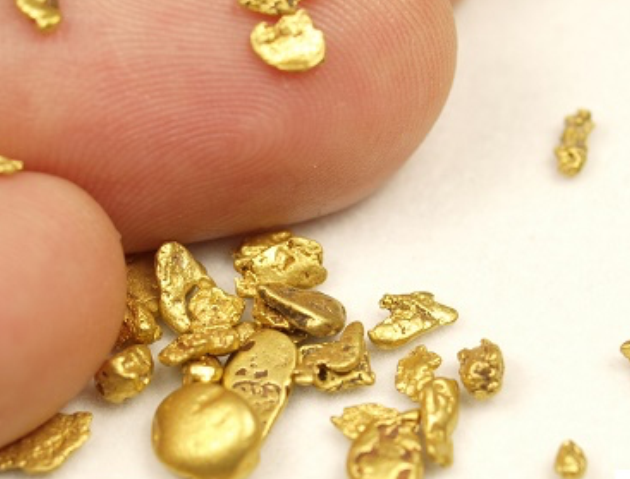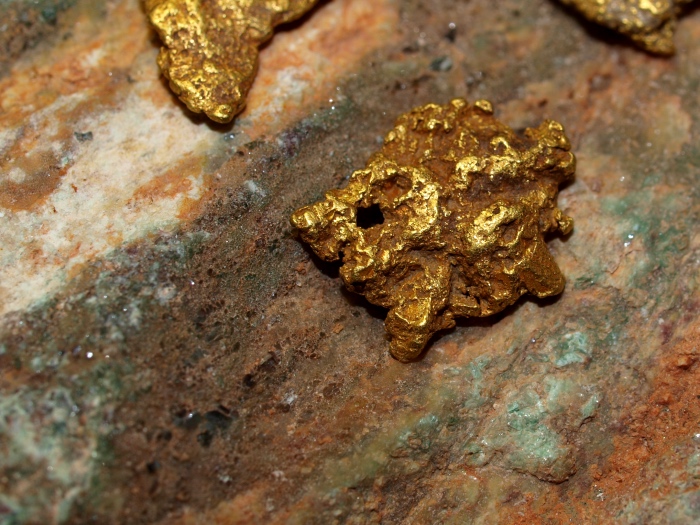
Almost 75 million years ago, the Indian tectonic plate (previously part of the supercontinent Gondwana) drifted northeast. At the same time, the Tethyn oceanic crust subducted under the Eurasian plate, causing the Indian continental crust to thrust under Eurasia. These massive tectonic shifts created the extreme altitudes of the Himalayas, while the south created a vast trough that is today known as the Indo-Gangetic Plain.
The country we know today as Nepal is located within this zone of great collision and boasts some of the most extreme geography in any country across the world. In this article, we explore the golden riches that run through this interesting little corner of the earth.
The birthplace of the Gautama Buddha, host of eight of the world’s highest mountains, and home to one of the deepest canyons on earth—few countries can boast such notable wonders like Nepal can. A landlocked country in South Asia, Nepal is bordered by Tibet, India, Bangladesh and Bhutan and has become a melting pot of language, culture, and even geography.

Because it lies in the center of the 2,500-kilometer Himalayan belt, Nepal has a multitude of minerals like limestone, coal, talc, granite, gold and other precious stones. However, gold has only been mined in a primitive way so far as the country has yet to devote much of its infrastructure toward extracting the precious metal.
Despite being very rich in natural resources, Nepal is still a developing country and continued efforts are needed to tap into its wealth sustainably. Currently, minerals are owned by the State, with geological studies to identify key areas for exploration falling under the Department of Geology and Mines. According to studies in 2015, limestone is the most frequently occurring mineral with roughly 1.07 billion tonnes of deposits across the country. There are several established cement factories that extract and process the limestone, and Nepal is almost self-reliant in terms of the demand for cement. Nepalese limestone even supplies the needs of some areas of India that are near the country’s border.

Gold, on the other hand, has predominantly been mined in a very primitive way. As of writing, there are no large-scale commercial mines in Nepal which focus on gold despite the promising geology of the country. Small-scale mines and placer mining take place along the banks of major rivers like the Mahakali, Chamaliya, Jamarigad, Karnali, Bheri, Rapti and Madi rivers. The Kali Gandaki River, which is a left bank tributary of the Ganges river in India, is estimated to hold roughly 413,487 grams of gold.
Currently, artisanal mining and other primitive methods are being used to extract fine placer gold from these rivers and their tributaries. It is quite common to see men and women along the banks when gold mining season is in full swing. Several communities are actually associated with gold mining along the riverbanks. One example of this is the Sonaha community along the Karnali River, whose name is derived from the Nepali word for gold, or “soon”. They are often seen collecting sediments in wooden apparatus called Sinauta, which are later washed and examined for placer gold.
A woven bamboo tool called a Chabna is then used to separate the larger pebbles and stones from finer sediments, which then fall onto the dudi or wooden surface of the mat.
Placer gold in this area primarily comes from the upland Himalayan region, while gold in-situ occurrences have been observed in the Rolpa district, in Llungri Khola, Bangabagar, Gorang and Jamari Gad. Gold in these areas can be found along with silver and other sulphide ores like chalcopyrite and arsenopyrite in hydrothermal quartz veins and auriferous quartzite.

Because of the common and widespread occurrence of alluvial deposits, many geologists note that the Higher Himalayan region has a high potential to be rich in gold. However, gold exploration on a larger scale has yet to take place. In 2018, a Chinese team undertook an exploration venture in Holu Khola in the Bheri Municipality of Jajarkot for gold. However, the study did not lead to any commercial operations as of writing.
Many countries across the world bear witness to the tremendous economic development that gold mining can precipitate. Nepal sits right at the site of such momentous geologic activity and is ripe for mineral operations. Perhaps one day, with the right investment and sustainable regulations, its golden potential will be brought to the surface.
